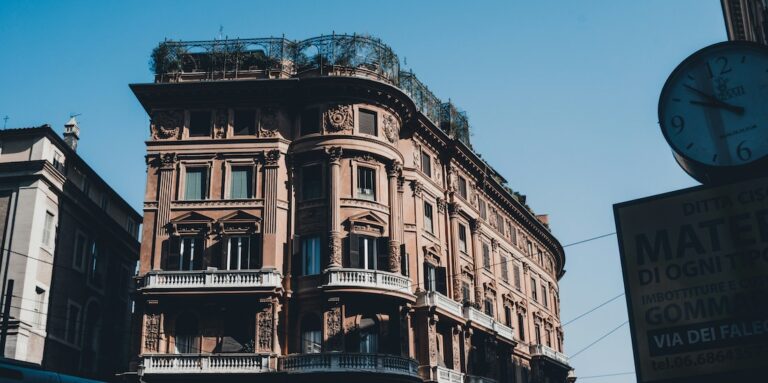In the realm of urban development and master planning, the challenge of preserving heritage while embracing modernity is a delicate dance. As cities evolve and grow, the need to balance progress with the conservation of cultural identity becomes increasingly vital. Let’s delve into the complexities of heritage preservation in master planning and explore strategies for achieving a harmonious blend of past and present.
At the heart of heritage preservation in master planning is the recognition of historical significance and cultural value. Cities are rich tapestries woven with layers of history, architecture, traditions, and stories. Preserving heritage sites, historic buildings, and cultural landmarks not only honors the past but also enriches the present and future fabric of communities.
One of the key challenges in master planning is finding the right balance between development and conservation. Modern urbanization often brings pressure to demolish old structures in favor of new, sleek designs. However, a thoughtful approach that integrates heritage preservation can yield remarkable results. Adaptive reuse of historic buildings, for instance, allows them to retain their character while serving contemporary purposes.
Successful heritage preservation in master planning requires a multidisciplinary approach. Architects, urban planners, historians, preservationists, and community stakeholders must collaborate to develop strategies that safeguard heritage assets. This collaborative effort ensures that preservation initiatives align with the broader goals of sustainable development, livability, and cultural continuity.
Integrating heritage preservation into master planning goes beyond protecting physical structures. It involves celebrating intangible heritage, such as local traditions, customs, and narratives. Public spaces, parks, and art installations can serve as platforms for showcasing cultural heritage, fostering community pride, and promoting cultural exchange.
Technology also plays a vital role in heritage preservation and master planning. Advanced digital tools, such as Building Information Modeling (BIM) and Geographic Information Systems (GIS), enable accurate documentation, analysis, and visualization of heritage assets. These tools empower planners and architects to make informed decisions that balance preservation with development objectives.
Public engagement is another cornerstone of successful heritage preservation in master planning. Inviting input from residents, cultural organizations, and heritage experts ensures that preservation efforts resonate with community values and aspirations. Community workshops, heritage tours, and educational programs can raise awareness and build support for preservation initiatives.
In conclusion, heritage preservation in master planning is about striking a harmonious balance between modernity and cultural identity. By valuing and integrating heritage assets into urban development strategies, cities can create vibrant, inclusive, and sustainable environments. The preservation of heritage not only safeguards the past but also enriches the present and inspires future generations.
Through collaboration, innovation, and community engagement, master planners can navigate the complexities of heritage preservation, ensuring that cities evolve as dynamic reflections of their past, present, and future aspirations.
